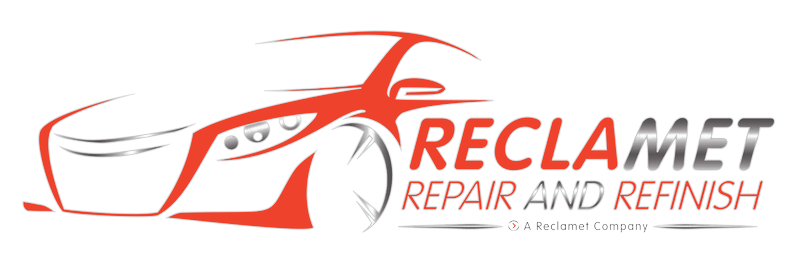When it comes to car insurance and body shop repairs, there are a few key points to keep in mind:
Insurance Coverage: If your vehicle has been damaged in an accident and you have car insurance, the extent of coverage for body shop repairs will depend on your insurance type. Here are the common types of coverage:
Comprehensive Coverage: This type typically includes repairs for damage caused by non-collision events, such as vandalism, theft, hail, or hitting an animal. It may cover body repairs needed in these situations.
Collision Coverage: Collision coverage pays for repairs to your vehicle if it’s damaged in a collision with another vehicle or object.
Liability Coverage (3rd Party): Liability insurance covers damage to other people’s vehicles and property in accidents where you are at fault. It generally does not cover your own vehicle’s repairs.
Claim Process: If you need body shop repairs due to an accident, you must follow the claims process with your insurance company. Claiming involves reporting the accident, providing necessary documentation, and working with the insurer to assess the damage and get the required repairs.
Choice of Repair Shop: In many cases, your insurance company may have a network of preferred repair shops (also known as Direct Repair Programs or DRP) that they work with. You can choose to have your vehicle repaired at one of these shops, but you also have the option to select your own repair facility. It’s important to note that if you choose a repair shop outside your insurer’s network, you may need to coordinate with the insurer to ensure coverage and payment arrangements.
Estimates and Inspections: Before any repairs are done, an insurance adjuster may need to inspect the damage and provide an estimate of the repair costs. This helps determine the extent of coverage and ensures the repairs are necessary and reasonable.
Deductible (Excess): You’ll also need to consider your insurance deductible (excess), which is the amount you must pay out of pocket before your insurance coverage kicks in for repairs. The deductible amount can vary based on your policy.
Quality of Repairs: Ensure that the repair shop you choose is reputable and provides high-quality work. Ask for recommendations, read reviews, and check if the shop is certified or accredited by industry organizations.
Communication: Keep open lines of communication between you, your insurance company, and the repair shop. This helps ensure that the repairs are completed to your satisfaction and in line with the insurance company’s guidelines.
In summary, when it comes to body shop repairs and insurance, it’s essential to understand your insurance coverage, choose a reputable repair shop, and follow the necessary steps in the claims process to get your vehicle repaired after an accident or damage.
At Reclamet Repair and Refinish, we can help you throughout the repair process, from providing a quote for the necessary repairs, dealing with insurers, and, where possible, deciding whether you do indeed need to go through your insurance.


